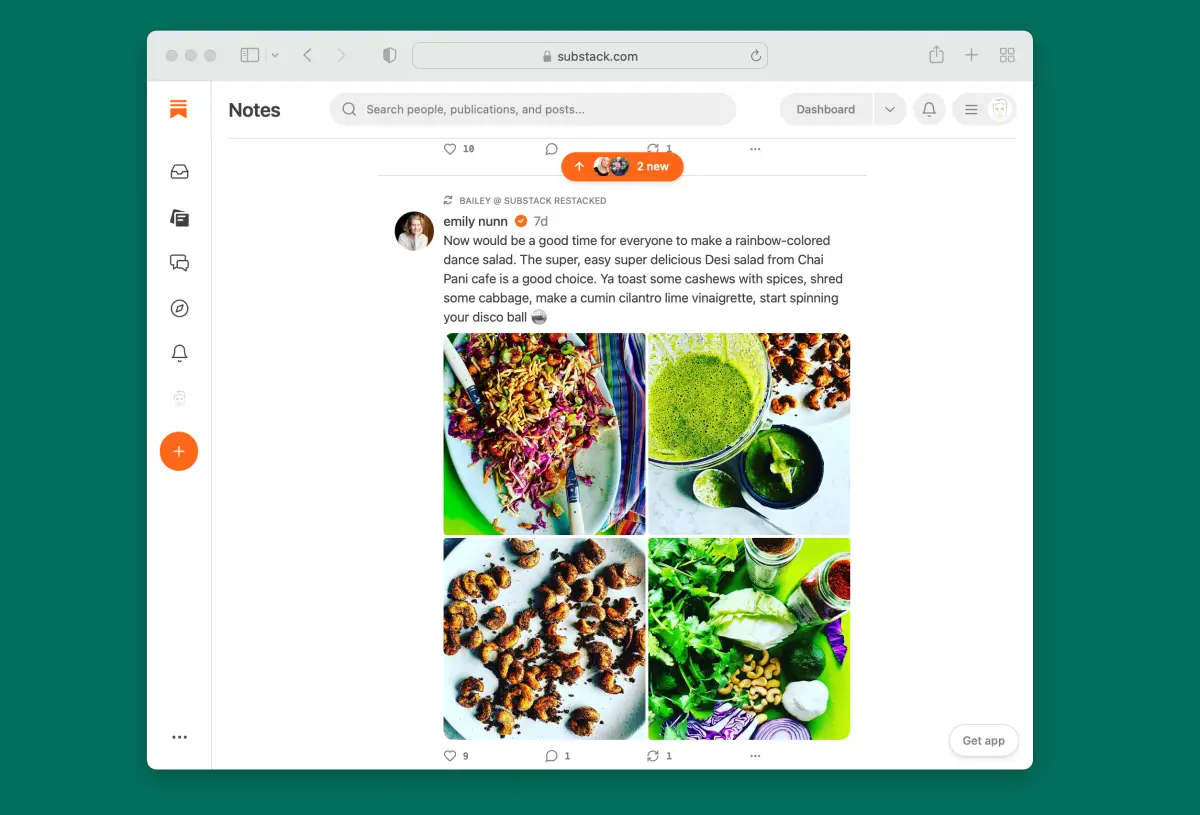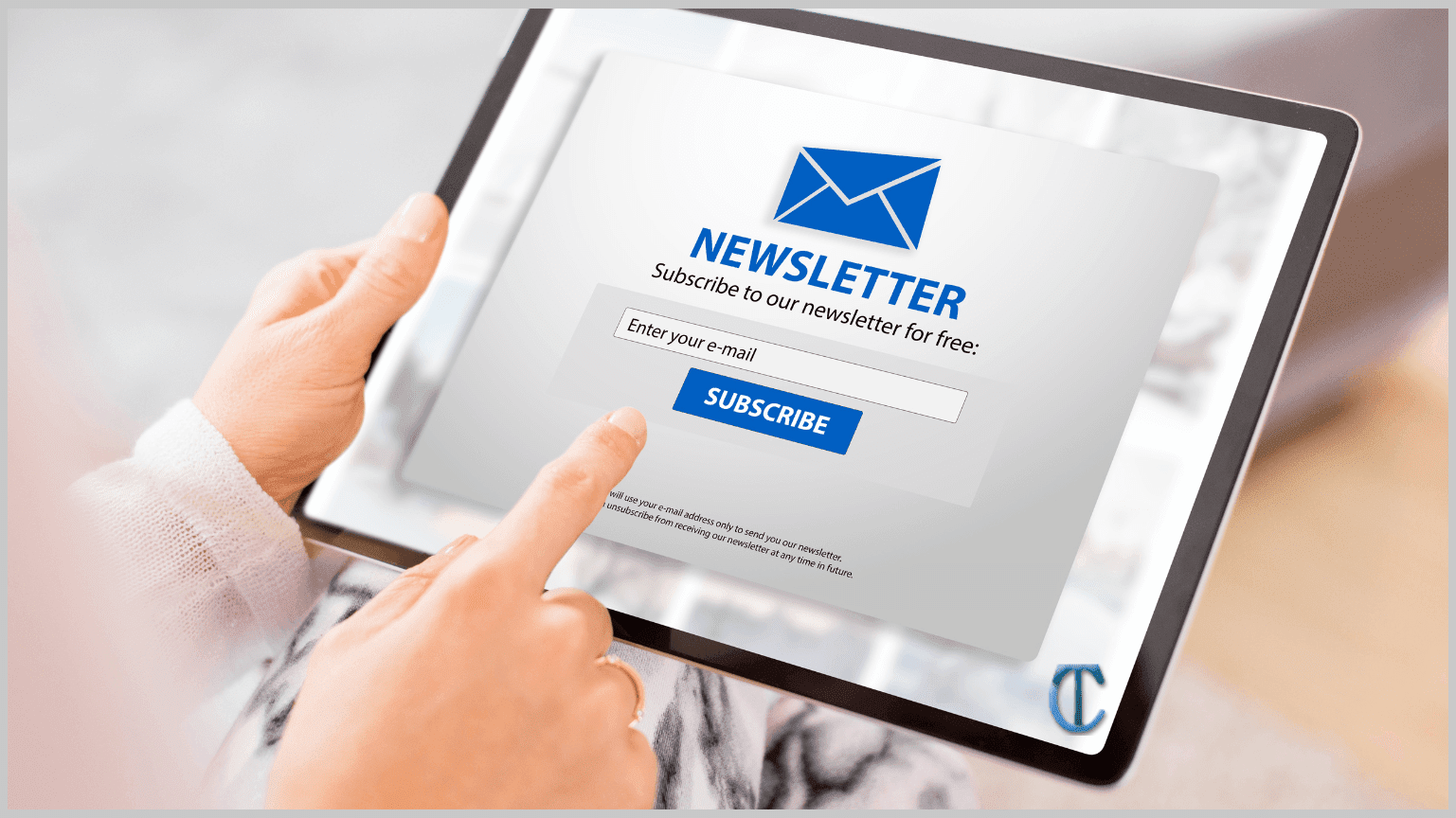Introduction
Email marketing is an essential tool for businesses to engage with their
audience and drive conversions. However, one of the challenges that marketers
face is high unsubscribe rates. When subscribers opt out of your emails, it
can impact your campaign’s effectiveness and hinder your ability to
communicate with your audience effectively.
It is also important to use good
email marketing software
to manage your mass mailings. Atomic Studio is a 6-in-1 software that will not
only make your mailings more efficient but will also give you up-to-date data
on their success, including bounce rates.
In this article, we will explore effective strategies to reduce email
unsubscribe rates and maintain a strong subscriber base. By implementing these
proven practices, you can enhance the value of your email marketing efforts
and foster long-term relationships with your subscribers.
How to Reduce Email Unsubscribe Rates
Reducing email unsubscribe rates is a critical objective for any business
aiming to maintain a strong and engaged subscriber base. By implementing
effective strategies and following best practices, you can mitigate the risk
of subscribers opting out of your email communications.
By implementing correct strategies, you can optimize your efforts to reduce
email unsubscribe rates and foster a strong and engaged subscriber base.
Remember, maintaining a healthy email list is a continuous effort that
requires monitoring, optimization, and a commitment to delivering valuable and
relevant content to your audience.
What Is a Good Unsubscribe Rate?
Determining what constitutes a good unsubscribe rate can vary depending on
factors such as industry, audience, and email campaign objectives. While it is
ideal to strive for the lowest possible unsubscribe rate, it’s essential to
establish realistic expectations based on industry benchmarks and your
specific circumstances.
So what is a good unsubscribe rate? The average unsubscribe rate across
industries typically ranges between 0.2% and 0.5%. However, it’s crucial to
note that what may be considered a good unsubscribe rate for one business may
not be the same for another. Factors such as the nature of your email content,
frequency of emails, audience engagement, and email list quality can influence
what is deemed acceptable for your specific situation.
It’s important to focus on trends and patterns rather than solely fixating on
the numerical value of your unsubscribe rate. Monitor your unsubscribe rate
over time and compare it against your past performance to gauge improvement or
identify any significant changes. Analyzing industry benchmarks and observing
how your rate compares to competitors within your sector can also provide
valuable insights.
Additionally, consider the context of your email campaigns and the objectives
you have set. If you have been implementing targeted segmentation,
personalization, and delivering valuable content, a lower unsubscribe rate may
be a reasonable expectation. Conversely, if you have recently conducted a
large-scale email acquisition campaign, you may experience a temporary
increase in unsubscribe rates.
It will be helpful to study the
bulk email best practices
outlined in this article — it will give you a fresh perspective on your email
strategy.
Remember, while striving for a low unsubscribe rate is important, it’s equally
crucial to focus on building a quality subscriber base and nurturing engaged
relationships. Monitoring and addressing factors that contribute to
unsubscribes, such as email frequency, content relevancy, and subscriber
preferences, can help you maintain a healthy and engaged subscriber list.
Ultimately, aim for a consistent unsubscribe rate that aligns with industry
benchmarks and reflects the quality and engagement of your audience. Regularly
evaluate your unsubscribe rate in conjunction with other key performance
indicators to ensure your email campaigns are effective in achieving your
marketing objectives.
Reduce Email Unsubscribe Rates with These 7 Proven Practices
In the realm of email marketing, maintaining a strong and engaged subscriber
base is crucial for business success. High unsubscribe rates can hinder your
efforts and impact the effectiveness of your email campaigns. What is a high
unsubscribe rate? It’s a relatively large percentage of subscribers who choose
to opt-out or unsubscribe from your email list. The definition of a high
unsubscribe rate can vary depending on factors such as industry, audience, and
the specific context of your email campaigns. Generally, a high unsubscribe
rate is considered when it exceeds industry benchmarks or significantly
deviates from your typical unsubscribe rate.
While there is no universally defined threshold for a high unsubscribe rate,
it is crucial to monitor your data over time and compare it to the industry’s
normal unsubscribe rate or your own historical data. This allows you to
identify any substantial increases or patterns that may require attention.
By implementing proven practices and strategies, you can effectively reduce
email unsubscribe rates and nurture long-term relationships with your
subscribers. In this section, we will explore seven tried-and-true practices
that have proven to be effective in reducing email unsubscribe rates. By
implementing these practices, you can optimize your email marketing efforts
and ensure that your messages resonate with your audience, leading to
increased engagement and better overall campaign performance. Let’s dive into
these strategies and discover how they can help you foster a loyal and
committed subscriber base.
Set the Expectation for When You’re Going to Email
Setting clear expectations regarding the frequency and timing of your email communications is crucial to reduce unsubscribe rates. When subscribers sign
up, provide them with a clear understanding of how often they can expect to
receive emails from you. This transparency helps manage their expectations and
prevents surprises that may lead to unsubscribes. Consider the following
practices:
- Clearly state the frequency in your signup form or welcome email.
-
Communicate the types of emails they will receive (e.g., newsletters,
promotions, updates). -
Offer options for subscribers to customize their email preferences, allowing
them to choose the frequency that suits their needs.
Send a confirmation email that summarizes the subscription details and
reiterates the expected email frequency.
Use a Combination of Single and Double Options
Offering both single and double opt-in options during the subscription process
provides flexibility and caters to different subscriber preferences. Consider
the following approaches:
-
Single opt-in. Subscribers provide their email addresses and immediately
join your mailing list without any additional steps. -
Double opt-in. After subscribers sign up, they receive a confirmation email
with a link to verify their subscription. This extra step ensures that only
genuinely interested individuals are added to your list.
By implementing both options, you provide choices for subscribers while
maintaining a reliable and engaged audience.
Segment Your List by Interest
Segmenting your email list based on subscribers’ interests allows you to
deliver highly targeted and relevant content. Consider the following
strategies:
-
Analyze subscriber data to identify common interests, preferences, or
behavior patterns. -
Create distinct segments based on demographics, purchase history, engagement
level, or specific topics of interest. -
Tailor your email content to each segment, ensuring that subscribers receive
content that aligns with their preferences and needs. -
Personalize subject lines, email copy, and offers to resonate with each
segment’s interests and motivations. - Regularly review and update your segments as subscriber preferences evolve.
Segmentation enhances the relevance of your emails, reduces the likelihood of
unsubscribes, and improves overall engagement.
Use Normal Subject Lines
Crafting subject lines that accurately reflect the content of your emails is
essential for maintaining trust and engagement. Consider the following
practices:
-
Be clear and concise: Clearly convey the purpose or benefit of opening the
email in a succinct manner. -
Avoid clickbait tactics or misleading language that may disappoint
subscribers. -
Use personalization tokens, such as the subscriber’s name, to create a sense
of connection. -
Incorporate urgency or curiosity when appropriate, but avoid exaggeration or
false promises.
Test different subject lines to identify what resonates best with your
audience. Using normal subject lines ensures transparency, sets accurate
expectations, and encourages higher open rates.
Revise Your Copy
Regularly reviewing and revising your email copy is crucial for keeping your
content fresh, engaging, and relevant. Consider the following tips:
-
Keep paragraphs short and use bullet points or numbered lists to enhance
readability. - Use clear headings and subheadings to guide readers through the email.
-
Make your content scannable by using bold or highlighted text for key
information. -
Eliminate jargon and use a conversational tone to connect with your
audience. -
Focus on delivering value, whether through educational resources, exclusive
offers, or actionable tips.
By continuously refining your email copy, you can maintain subscribers’
interest, reduce unsubscribe rates, and drive better engagement.
Send a Follow-Up Email
Sending a well-crafted follow-up email after subscribers join your list helps
solidify the relationship and reinforce the value they will receive. Consider
the following practices:
-
Express appreciation for their subscription and welcome them to your
community. -
Provide additional information about your brand, products, or services to
deepen their understanding. - Offer exclusive content, discounts, or incentives as a token of gratitude.
-
Encourage subscribers to explore your website, follow you on social media,
or engage with other touchpoints. -
Set clear expectations for future email communications and outline the
benefits they can expect.
A thoughtful follow-up email establishes a positive connection, strengthens
engagement, and reduces early unsubscribes.
Ask for Feedback
Actively seeking feedback from your subscribers demonstrates your commitment
to meeting their needs and preferences. Consider the following approaches:
-
Include a brief survey or feedback form in your emails, asking subscribers
to share their opinions. -
Encourage subscribers to reply to your emails and provide their feedback
directly. -
Offer incentives or rewards for participating in surveys or providing
feedback. -
Actively listen to the feedback received and consider implementing
suggestions when appropriate. -
Use feedback to improve your email content, segmentation, or overall email
marketing strategy.
Conclusion
Reducing email unsubscribe rates is a vital aspect of maintaining a successful
email marketing campaign. If you’re wondering why is my unsubscribe rate so
high, it’s time to make a change in your campaign approach and strategy. By
implementing the strategies discussed in this article, you can create a more
engaging and valuable email experience for your subscribers. Set clear
expectations, provide personalized content, segment your audience, use genuine
subject lines, revise your copy, send follow-up emails, and actively seek
feedback. By continuously optimizing your email marketing efforts, you can
minimize unsubscribes, cultivate a loyal subscriber base, and drive better
results. Remember, email marketing is a dynamic process, and regular
evaluation and improvement are key to success.
In conclusion, embrace these strategies, adapt them to your specific audience
and industry, and continuously assess and refine your approach. By nurturing
your subscriber relationships and delivering content that resonates with their
interests, you can reduce email unsubscribe rates and build a strong
foundation for long-term engagement and business growth.












Leave a Reply